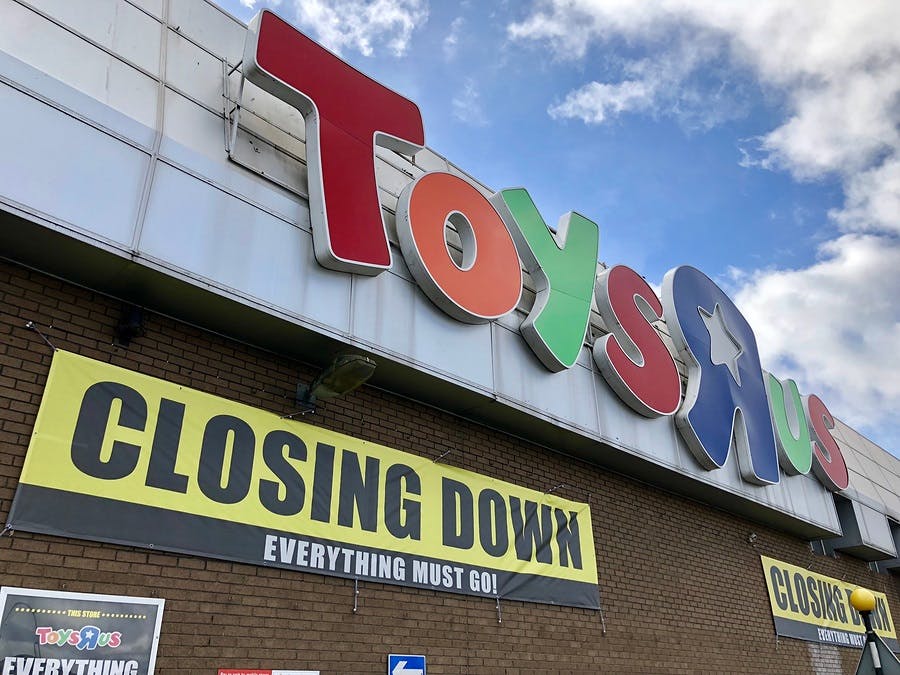The demise of Toys R Us — the toy store that captivated every elementary schoolkid’s daydreams — was ultimately just another illustration of management gone wrong. It can be easy to point fingers at big box and online competitors as exacerbating the problem. But in the end, it’s really the management that should shoulder much of the blame.
Mark Cohen, director of retail studies at Columbia University, claims Toys R Us was “guilty of serial mismanagement.” Since founder Charles Lazarus stepped aside at the company’s peak in 1994, six CEOs oversaw the company’s breakdown.
At Toys R Us, the rotating door of CEOs ensured that the company had no systematic approach. While the company churned through several externally sourced executives, none could agree on anything other than to “do things differently.” In a comprehensive study, external management hires were found to be 61 percent likelier to be fired from the job than their counterparts who were hired from within.
Ultimately, the retailer hired as CEO former University of Michigan athletic director David Brandon, who declared that he would take calculated risks to put the company back on the map. But those risks didn’t pay off, and all Toys R Us stores closed by the end of June.
How to improve internal talent cultivation
Toys R Us hired a series of big-name executives to solve its problems without considering the first alternative: Great leaders can be grown. Here are four steps that any company can take to develop its next superstar CEO.
1. Create a great leadership profile — Take the time to develop a leadership profile that outlines the stellar capabilities you need for leadership success. You can then develop assessment tools on the basis of these capabilities. Knowing what you want from a role and an employee can help ensure that the people you select actually match up with your long-term goals.
2. Monitor the talent bench — Identify a few potential CEOs within the company, and keep an eye on their growth. Be sure to stay up-to-date on these outstanding candidates and evaluate how they can be developed through bigger and more critical roles over time. This consistent approach is far more advantageous than trying to leapfrog someone who hasn’t had the proper opportunities to develop his or her expertise along the way.
3. Assess objectively — A clear picture of a “great” leader and your company-specific challenges will help guide the appropriate assessment tools. A behaviorally based assessment — focused on key challenges within an organizationally specific simulation that reflects the company’s culture and values — will reveal what can be expected of the leader once on the job. This should be done as objectively as possible to eliminate inherent biases. A consistent framework will make assessments clear and fair for everyone involved.
4. Prepare for change — Leaders retire or move on. Companies should structure their employees’ developmental journeys for that inevitability. Employees are less likely to be committed to their own development if all the company’s top-level executives are externally hired. Creating a path for current employees to grow can help prepare for potential management changes and often means you can eliminate the need to “parachute in” external help.
Every company should be clear about its vision for great leadership and what capabilities its leaders should have. When the leadership model is consistent, employees who are familiar with the company — including the culture and its strengths and weaknesses — can step up to the plate as the next internal CEO.
